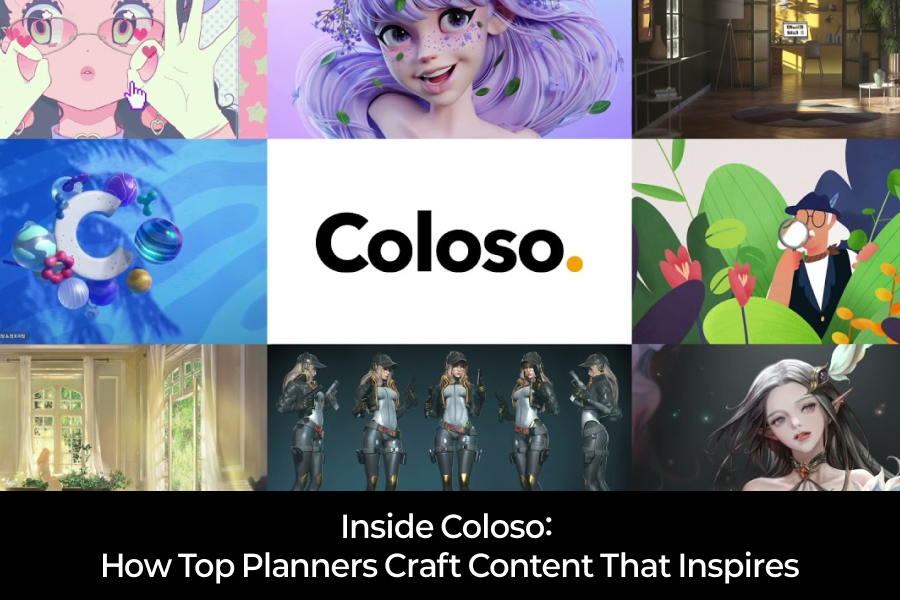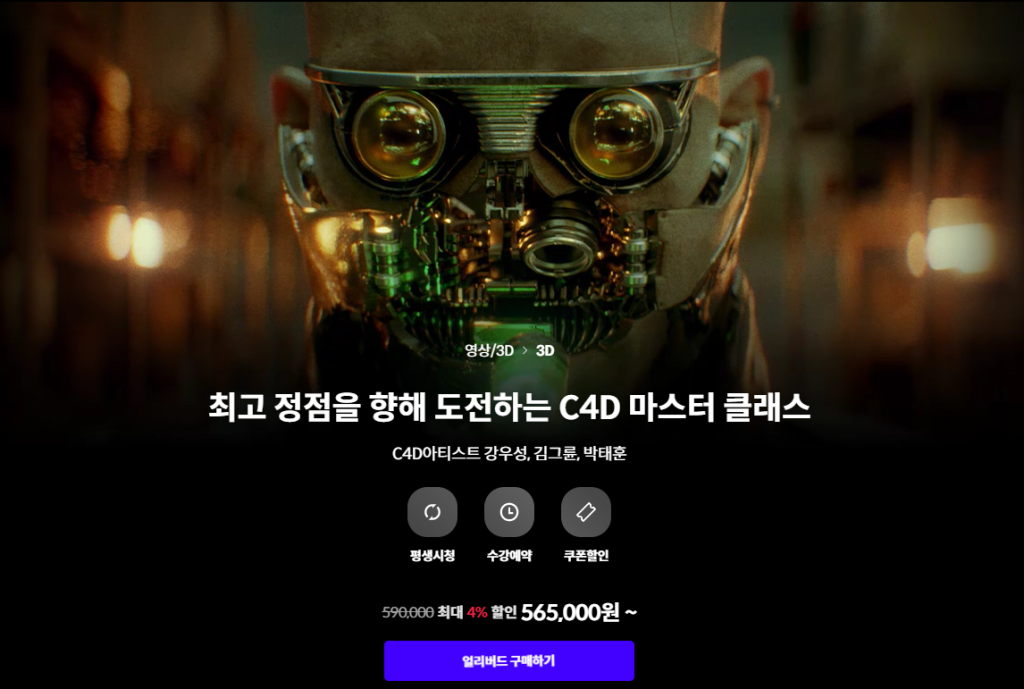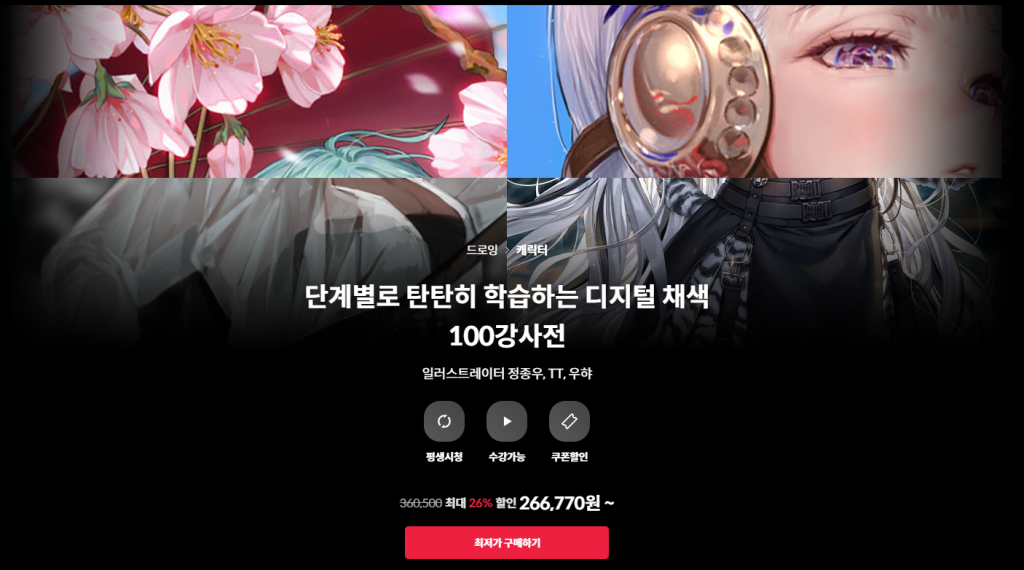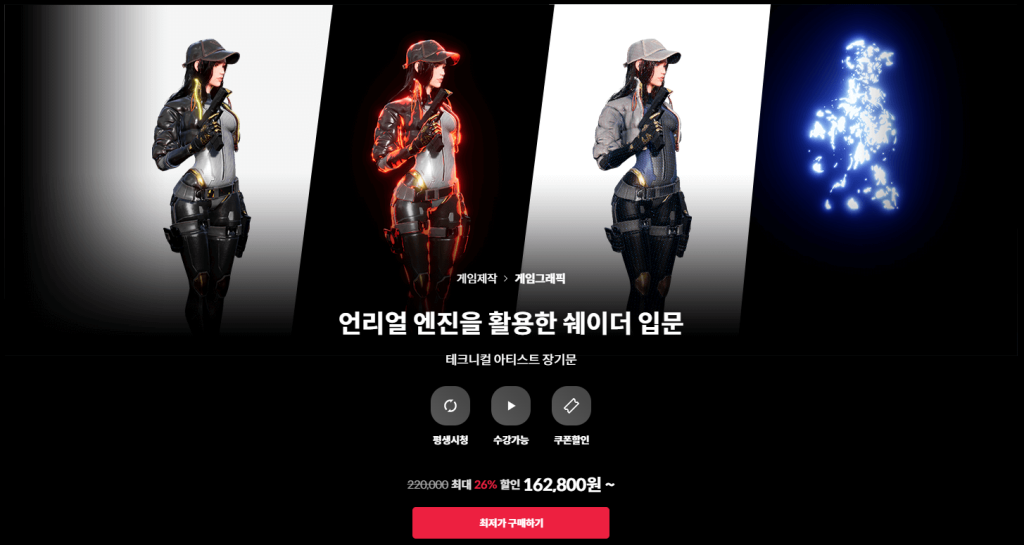What’s It Like Working with Netflix, DC Animation, and HBO Legends?

The Content Planner Who Delivers a Life of Dedication
“I’ve heard that person wakes up at 4 a.m. every day to get through their day.” If I’d just heard that in passing, I would have brushed it off as the story of some famous figure living a life of dedication. But here’s someone who, after turning 30, decided to learn hairstyling. He practiced from 5 a.m. to midnight every day, and even after becoming a master with many apprentices, he’s still living the same dedicated life. When I check my inbox at 5 a.m. and see his emails, it’s clear I’m witnessing the discipline and passion firsthand.
“I wanted to create content that captures this relentless dedication and pure passion. What I create should be more than just a transfer of skills.”
The Monday morning blues faded away as I sat in awe of this speaker’s incredible life.
When you work with someone who’s reached the top of their field, you learn more than just skills—you learn how they live. Sure, it’s inconvenient to match your schedule to theirs, and there are moments of chaos when things go off track. But many of us at Coloso agree that what makes our job truly special is this: we get to work with masters in their field, creating content that truly impacts people’s lives.
Let’s hear from Coloso’s content planners as they share stories of their favorite projects.
Content Planner K | Mastering C4D with World-Class Pros
Packed with insider knowledge from Amazon, Google, Apple, and HBO

Q. The title itself sounds intense—tell us about this course.
A. It’s a collaboration with three of the top-tier artists in the video industry. They’re not just local names—they’re major players in projects for Amazon, Google, Apple, and HBO. This is an advanced C4D masterclass aimed at mid- to high-level students, designed so the final project you complete is at an exceptional quality. It aligns perfectly with Coloso’s goal of “learning from the best to become the best.”
Q. Wouldn’t beginner courses be easier to sell? How’s this one performing?
A. Even though it’s still in the pre-order phase, it’s doing really well. We intentionally positioned it as an advanced/master class to distinguish it from beginner courses. Plus, the high-quality short films that students create during the course have been a hit with our target audience. The instructors are all highly influential, and the projects students upload to YouTube have generated great reactions.


Q. What did you focus on in this course?
A. We brought in three instructors whose portfolios and reputations are legendary in the 3D art community. I knew this was a rare opportunity, so I wanted to pack as much value as possible into the course. It’s 84 lessons long, with tons of practical exercises and materials.
Q. How does it feel to have successfully launched it?
A. It’s rewarding, but I don’t want to get complacent. When I first started, I thought it was crucial to refine my formula for success through experience. But after a certain point, sticking to a formula becomes a crutch. That’s why I’m always pushing myself to think of new, unique angles. I don’t want to settle.
Content Planner P | 3D Cartoon Rendering with Blender
Convincing an Expert with a Deep Understanding of the Market

Q. You called this course your “special” project—why?
A. Early on, I relied on instructors to steer the direction of the content because I didn’t have the confidence or the industry knowledge. But for this course, I stood my ground and convinced the instructor to change direction, and it ended up being a huge success. It was the first time I really felt like I made a difference as a content planner.
Q. Convincing an expert must’ve been tough, right?
A. You can’t persuade an expert on their craft. They’re the master, and I’m just the bridge between them and the learners. My goal was to present the market’s needs and show how their art could reach more people. I focused on the methods to make great art more accessible to the public, and the instructor was open to that.
Q. What was the key change you suggested?
A. The instructor wanted to use Maya, the tool he’s most comfortable with, but Blender was what the market was clamoring for. I knew that if we used Blender, the course would have a much bigger impact, so I pushed for that. And I was right—switching tools really helped the course take off.
Q. How did you know you were on the right track?
A. The demand for 3D cartoon rendering in Korea was clear, but there were no substantial resources available in Korean. You’d have to rely on foreign tutorials, which can be frustrating for learners. So I found an instructor with an amazing portfolio, even if they weren’t that well-known locally, and convinced them to teach Blender. Market analysis gave me confidence, and when the course was a success, it validated my approach.
Content Planner R | The Ultimate Digital Coloring Course: 100 Lessons of Mastery
A Colossal Course That Became the “Bible of Coloring”

Q. How did you pull off 100 lessons? That sounds massive!
A. In the illustration category, the focus is usually on the instructor’s fame. But with this course, I started by mapping out a curriculum on the basics of coloring. I brought in three experts and crafted a comprehensive syllabus covering everything from fundamentals to advanced techniques. It wasn’t easy managing such busy professionals, and we had to delay the release once, but in the end, we delivered on quality, and the course has been a hit. Seeing students refer to it as the “Bible of Coloring” online was incredibly satisfying.
Q. Why do you think it’s been so well received?
A. I designed the curriculum so that even beginners could gradually build up their skills over the 100 lessons. There’s no sudden jump in difficulty, and each lesson includes practical exercises. Instead of one big final project, students work on mini-projects throughout the course. I wanted this course to feel like a “feast of knowledge,” where students walk away with something valuable in every lesson.
Q. How did you feel after finishing the course?
A. In the past, I used to think that if the educational value was high and the quality of the course videos was great, the content would naturally succeed. But while creating this 100-lesson course, I realized that factors like market demand, appropriate course length, supplementary materials, and price point all had to be considered along with unique selling points. No matter how effective the educational content is, if the product doesn’t appeal to customers, they won’t buy it, and the opportunity for the content’s educational impact won’t materialize. Since I invested so much time and effort, I wanted as many people as possible to engage with it. To make that happen, I started thinking about various marketing strategies, like running promotions or offering coupons.
Content Planner J | 언리얼 엔진을 활용한 쉐이더 입문
Anticipating Demand Before the Market Does

Q. Why did you choose a game graphics course as your favorite? Did you have prior knowledge in this area?
A. Not at all! My major was political science, so this was completely new to me. When I started as an intern and then transitioned to full-time, I had to dive into game graphics, which was pretty intimidating. At the time, Unreal Engine wasn’t as well-known as it is now, but I could see its potential. I spent hours with the instructor and immersed myself in learning the ins and outs of the tool. It was a huge learning curve, but the final product was incredibly rewarding, and the course performed well.
Q. Unreal Engine wasn’t big back then—how did you target the right audience?
A. Initially, it was mostly used by game developers and technical artists, but when the metaverse trend hit, its use expanded. I focused on creating a beginner-friendly course for those who wanted to explore the tool, knowing that the interest in Unreal Engine would only grow.
Q. It seems like this method of identifying a topic was different from your usual approach of following market demand.
A. That’s correct. Normally, we develop topics in fields where there is already clear learning demand, which is the safest way to ensure sales. But in this case, I quickly sensed a shift in the market and planned the course ahead of that change. Even if the current demand wasn’t large, I recognized that the learning demand for the topic was increasing. I learned that acting swiftly based on these insights could lead to great results.
Q. Has this experience changed the way you select topics for future courses?
A. The fact that content aligned with clear market demand has a higher chance of success is an unchanging truth. But I realized that sometimes, rather than just identifying existing demand, you can also create successful content by predicting future demand. For example, in June 2021, when I planned the course “Advanced Metaverse Items with Blender and Unity,” public interest in “Metaverse” and “Zepeto” was already clear, but it was hard to gauge how much learning demand there would be. However, I believed it was important to be an early mover in new fields, so we launched the course quickly, and it generated strong interest and higher-than-expected sales.
✍️ Key Takeaways:
- While it’s important to develop your own strategy based on past success, don’t get too comfortable. Great content requires constant innovation and fresh thinking.
- Understand your learners’ frustrations and challenges. A content planner who empathizes with learners can create courses that truly meet their needs.
- Even the best educational content needs to be marketed effectively. A great product won’t reach its potential if it doesn’t resonate with the audience.
- Anticipating future trends and catering to upcoming demand can give you a significant edge in a competitive market. Stay ahead of the curve.